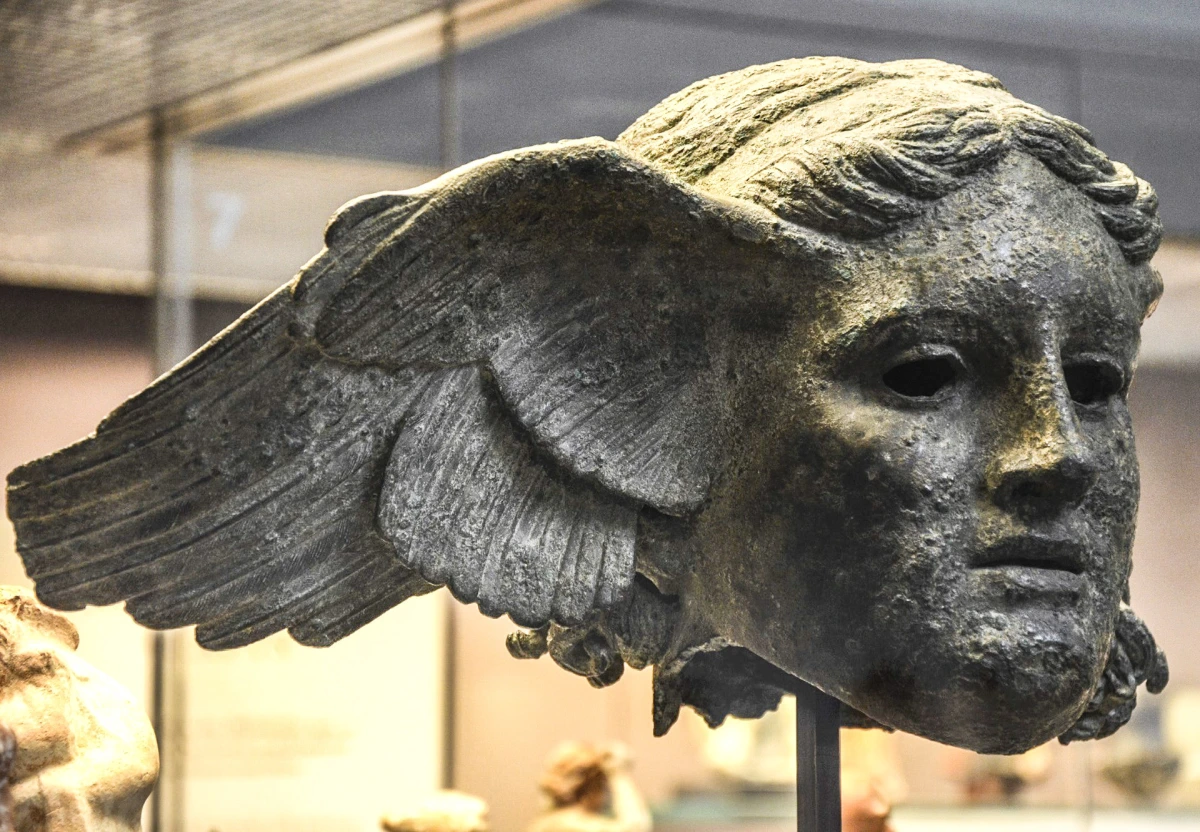
Grove Koger
One of my favorite paintings, I Lock My Door upon Myself, was created by Belgian Symbolist artist Fernand Khnopff in 1891. Over time, the painting has become one of his best-known works, although my sense is that it remains pretty far in the background of our shared artistic consciousness, particularly given the continuing popularity of Impressionism.
Impressionism reproduces the bright surface of things, and I find that surface as enticing as everyone else does, but Symbolism looks beneath—and inward.
Khnopff’s painting was apparently suggested by a short poem by Christina Rossetti, first published by The Argosy in February 1866, titled “Who Shall Deliver Me?” The poem’s narrator begs God to give her the strength “to bear” herself, “that heaviest weight.” And, a few lines later, in reference to “all others,” the narrator writes “I lock my door upon myself, / And bar them out; but who shall wall / Self from myself, most loathed of all?”
As profound as the dilemma admittedly is, my interest in the painting actually has to do with the bust we see on a shelf behind the unnervingly pale-eyed figure who’s the painting’s ostensible subject. It’s a bust of Hypnos, the Greek god of sleep and—not coincidentally—the brother of Thanatos, the god of death.

The bust doesn’t actually seem to be a reproduction of the famous work in the British Museum that you see directly above, but it might as well be. And it might as well be yet another work of Symbolism, which, as I noted above, peers beneath the bright surface of things. No wonder Khnopff included such an image in his painting!

Khnopff’s painting is reproduced courtesy of the Neue Pinakothek, Munich. The bronze head of Hypnos dates from the 1st or 2nd century CE, and is a copy of a Hellenistic original found at Civitella d’Arno, near Perugia, Italy.
□□□
If you’d like to subscribe to World Enough, enter your email address below:
And if you’ve enjoyed today’s post, please share!
